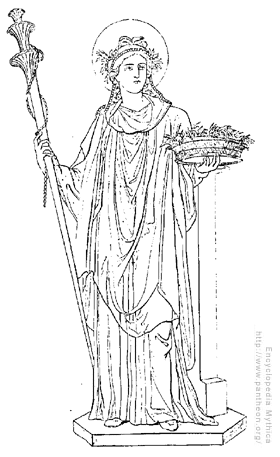ANTISCIA Oct/2011
 Wednesday, September 28, 2011
Wednesday, September 28, 2011 Antiscia and contra-antiscia are symmetrical arrangements around the Cardinal axis, meaning they are expressed on the earthly plane. It is thought that when planets are contra-antiscia they make a more troublesome or difficult pair. Note: planets here that are contra-antiscia are marked with a (c).
The month starts off with two major antiscion to Ceres. Perfect, for me, as I'm traveling in Greece for much of October, and Greece is Ceres' (or Demeter's) domain.
I expect to periodically download what the goddesses have to report - so check back later in the month!

Antiscia for October 2011
1st – Mercury|Ceres
2nd, 3rd – Mercury|Node *
2nd, 3rd, 4th – Sun|Ceres
7th, 8th – Venus|Chiron
9th, 10th, 11th – Venus|Neptune
11th, 12th, 13th – Mercury|Chiron
13th, 14th – Mercury|Neptune
18th, 19th – Venus|Mars (c)
20th – Mercury|Mars (c)
20th, 21st – Venus *
21st, 22nd, 23rd – Sun|Chiron
24th, 25th, 26th – Sun|Neptune
28th Venus|Jupiter *
28th Venus|Sun *
29th, 30th – Sun|Mars
29th Mercury|Jupiter *
30th, 31st – Mars|Jupiter
Reader Comments (1)
I sort of think of contra-antiscia as less stable than antiscia. The antiscia are formed by the solstice axis, when the "sun stands still", you know? Even though change begins at those zodiacal seasonal points, the light and day length remain constant for quite some days around them. Whereas, at the equinoxes (which axis creates the contra-antiscia) the day length or amount of light is growing--or diminishing--by leaps and bounds.